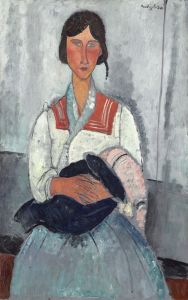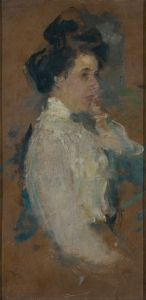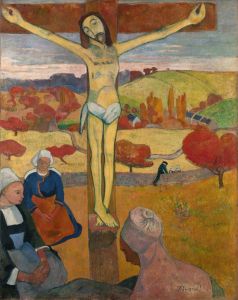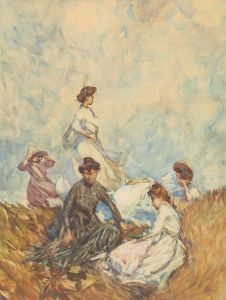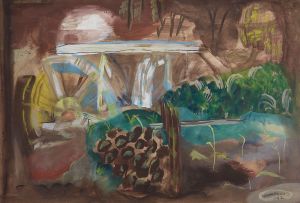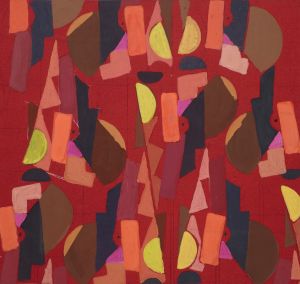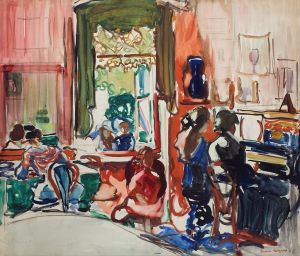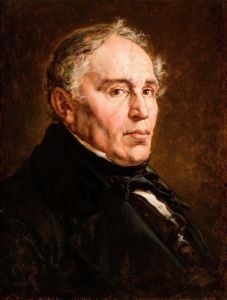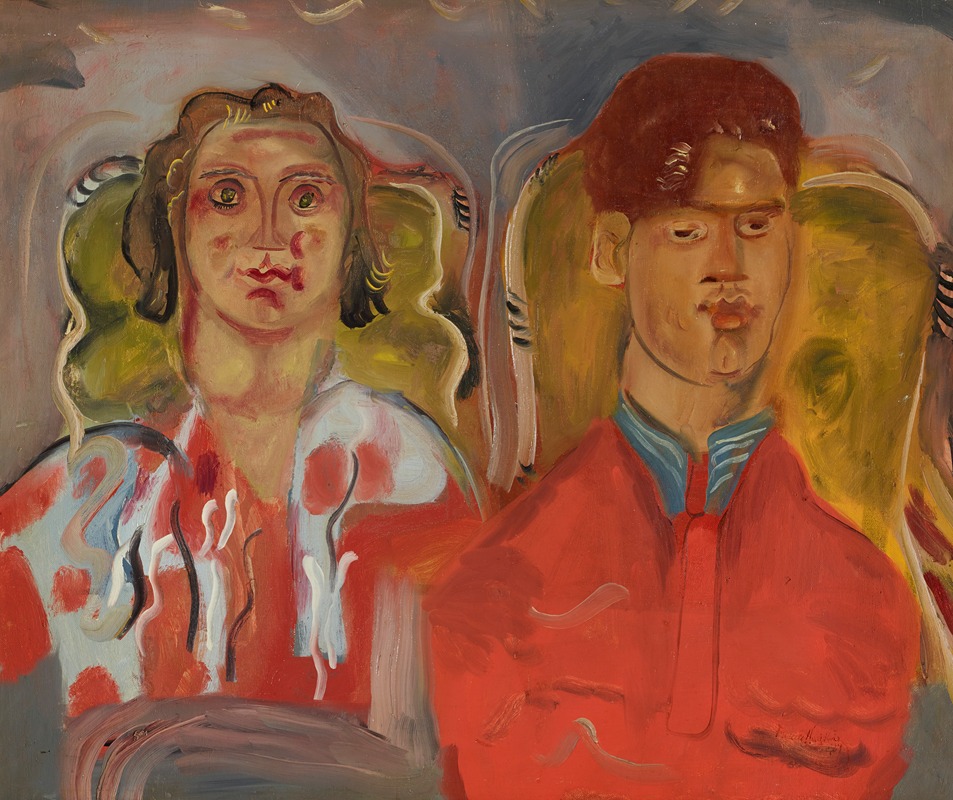
Double portrait No. 2
A hand-painted replica of Frances Hodgkins’s masterpiece Double portrait No. 2, meticulously crafted by professional artists to capture the true essence of the original. Each piece is created with museum-quality canvas and rare mineral pigments, carefully painted by experienced artists with delicate brushstrokes and rich, layered colors to perfectly recreate the texture of the original artwork. Unlike machine-printed reproductions, this hand-painted version brings the painting to life, infused with the artist’s emotions and skill in every stroke. Whether for personal collection or home decoration, it instantly elevates the artistic atmosphere of any space.
Frances Hodgkins (1869–1947) was a prominent New Zealand-born artist who gained recognition for her contributions to modernist painting. One of her notable works is "Double Portrait No. 2," which exemplifies her unique style and artistic evolution.
"Double Portrait No. 2" was created during a period when Hodgkins was deeply engaged with modernist principles, blending elements of Post-Impressionism and Fauvism. The painting reflects her interest in capturing the essence of her subjects through bold colors, dynamic compositions, and expressive brushwork. Hodgkins often focused on the interplay between form and color, striving to convey emotional depth and complexity in her portraits.
The painting features two figures, likely women, positioned in a manner that suggests a close relationship or interaction. Hodgkins' use of color is particularly striking in this work, with vibrant hues and contrasting tones that create a sense of movement and vitality. The figures are rendered with a degree of abstraction, emphasizing their emotional presence rather than precise physical details. This approach aligns with Hodgkins' broader artistic goals of exploring the inner lives of her subjects and the emotional resonance of her compositions.
Hodgkins' career was marked by extensive travel and exposure to various artistic movements. Born in Dunedin, New Zealand, she moved to Europe in the early 20th century, where she became associated with the avant-garde circles in Paris and London. Her work was influenced by her interactions with other artists and her participation in exhibitions, including the prestigious Salon d'Automne in Paris.
"Double Portrait No. 2" is a testament to Hodgkins' ability to synthesize different artistic influences into a cohesive and distinctive style. Her work often defied conventional categorization, blending elements of portraiture, landscape, and still life in innovative ways. This painting, like many of her works, demonstrates her commitment to pushing the boundaries of traditional artistic forms and exploring new modes of expression.
Throughout her career, Hodgkins faced numerous challenges, including the struggle for recognition as a female artist in a predominantly male-dominated art world. Despite these obstacles, she achieved significant acclaim and left a lasting impact on the development of modernist art. Her work continues to be celebrated for its originality, emotional depth, and technical skill.
"Double Portrait No. 2" remains an important part of Hodgkins' artistic legacy, showcasing her talent for capturing the complexities of human relationships and emotions through her innovative use of color and form. The painting is a valuable example of her contribution to modernist art and her enduring influence on subsequent generations of artists.





